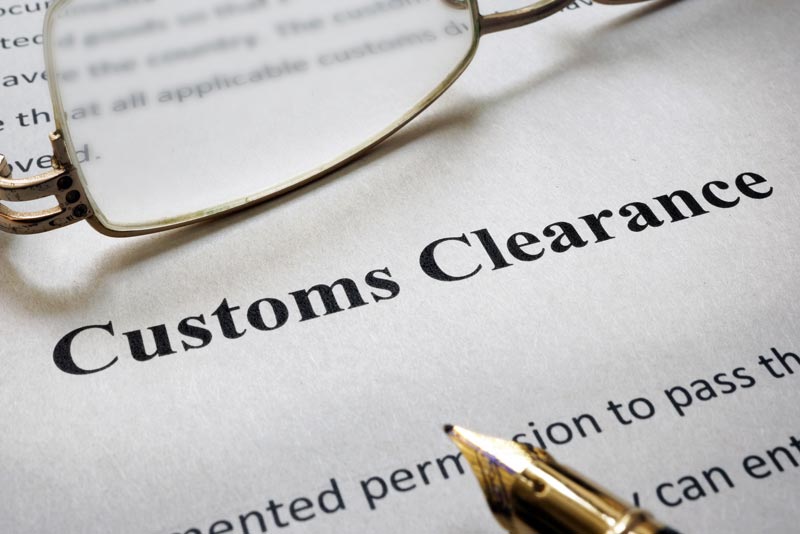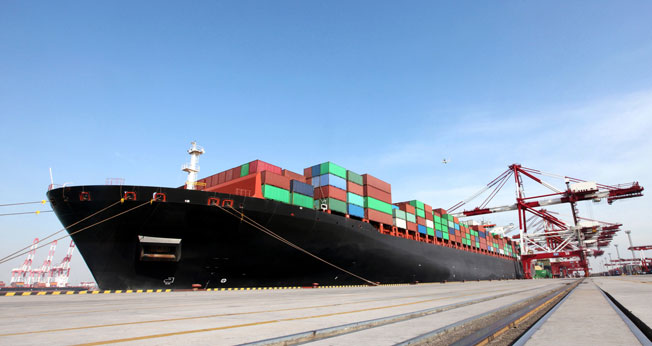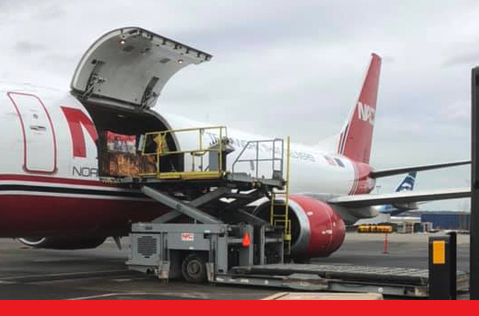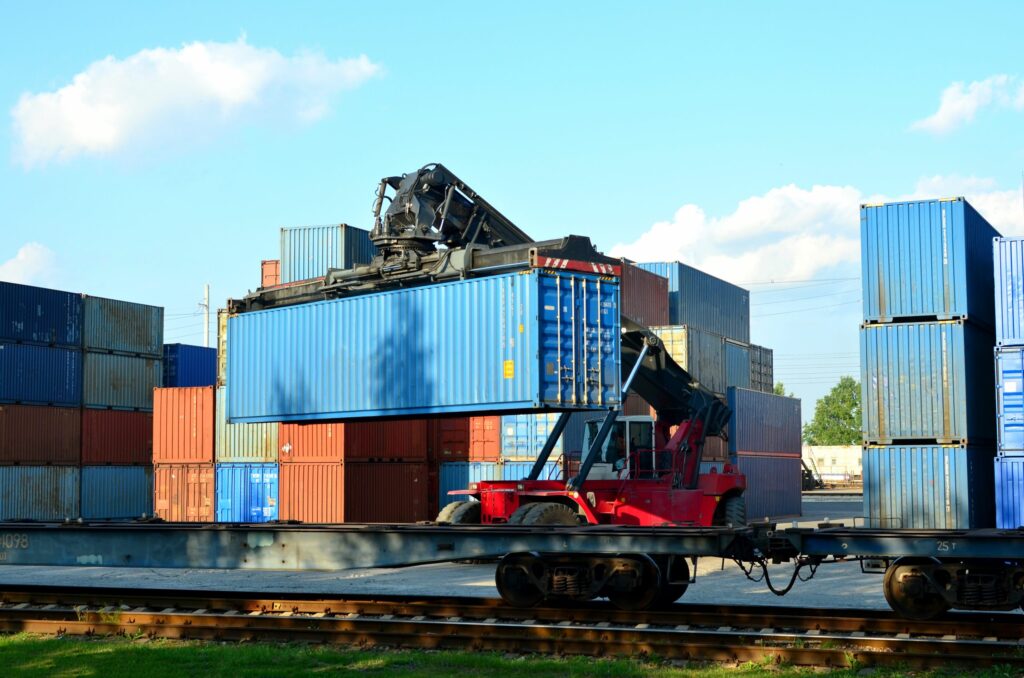- By Della tj
- September 11, 2025
- Uncategorized
How to track your goods from China is a question asked by every importer. With supply chains spanning continents, visibility is crucial. Delayed shipments, missing cargo, or uncertain transit times can disrupt business. Fortunately, modern tracking systems and freight solutions now make monitoring your shipments easier than ever.
What Are the Main Tracking Methods for Goods from China?
Tracking methods differ depending on the shipping mode you select. Each option provides varying levels of detail, reliability, and cost.
| Shipping Method | Tracking Options | Pros | Cons |
|---|---|---|---|
| Air Freight | Airline portals, AWB (Air Waybill) number | Fast, real-time updates | Costly for heavy shipments |
| Sea Freight | Bill of Lading, carrier portals, AIS vessel data | Global coverage, detailed routing | Updates slower than air freight |
| Rail Freight | Rail consignment numbers, online freight systems | Good for Europe-bound shipments | Limited routes, mid-level updates |
| Courier/Express | Tracking ID on courier platforms | Easy, app-based, instant alerts | Expensive for bulk cargo |
Why Is Tracking Your Goods from China Important?
Accurate tracking prevents losses, improves customer confidence, and streamlines supply chain management. Additionally, monitoring your goods helps reduce risks of customs delays and keeps your import/export schedule efficient.
How Much Does It Cost to Track Goods from China?
Most carriers provide tracking for free, but some advanced solutions involve added costs:
| Tracking Service | Cost Estimate | Best For |
|---|---|---|
| Carrier Standard Tracking | Free | Regular shipments |
| GPS-Enabled Smart Containers | $50–$100 per trip | High-value goods needing full visibility |
| Freight Forwarder Platforms | Service fee included | Consolidated shipments |
| Premium SaaS Tracking Tools | $100–$500/month | Large companies monitoring multiple lanes |
What Documents Are Needed for Tracking Freight from China?
Documents help match tracking numbers to shipments. Ensure you have:
| Document | Purpose |
|---|---|
| Bill of Lading (B/L) | Identifies sea freight shipment |
| Air Waybill (AWB) | Used to track air cargo |
| Packing List | Confirms cargo contents |
| Commercial Invoice | Details shipment value and product description |
| Tracking ID / Reference | Provided by carriers or freight forwarders |

How Do Different Modes of Transport Compare for Tracking?
| Mode | Cost | Transit Time | Tracking Reliability |
|---|---|---|---|
| Air Freight | $5–$9/kg | 3–7 days | High (real-time) |
| Sea Freight | $1,000–$5,000/container | 15–40 days | Medium (daily updates) |
| Rail Freight | $2–$6/kg | 12–20 days | Medium-High |
| Courier | $10–$20/kg | 2–5 days | Very High (app-based) |
Real Cases of Tracking Goods from China
Case 1: Shenzhen → Los Angeles (Air Freight)
- Cargo: 800 kg electronics
- Mode: Air freight
- Cost: $6,200
- Transit Time: 5 days
- Tracking: Real-time AWB tracking showed exact arrival at LAX, ensuring retail stock launch.
Case 2: Shanghai → Hamburg (Sea Freight)
- Cargo: 40ft container of furniture
- Mode: Sea freight
- Cost: $3,500
- Transit Time: 30 days
- Tracking: Carrier portal with vessel AIS updates every 24 hours, visible route across Suez Canal.
How Can You Improve Visibility of Your Shipments?
To strengthen control:
- Use freight forwarder portals that consolidate all modes.
- Opt for IoT sensors in containers for temperature and GPS.
- Enable automated alerts for milestones (customs clearance, vessel departure).
- Work with carriers that offer API integration for real-time dashboards.

Should You Use a Freight Forwarder to Track Goods from China?
Freight forwarders simplify tracking by:
- Offering multi-carrier platforms.
- Consolidating LCL shipments under one portal.
- Managing customs clearance visibility.
- Providing customer support when issues arise.
How Can You Prevent Tracking Delays?
- Verify that tracking IDs are issued at booking.
- Double-check customs paperwork to avoid scanning delays.
- Choose carriers with digital tools for continuous updates.
- Avoid peak seasons (Chinese New Year, Golden Week).
Conclusion
To summarize, knowing how to track your goods from China ensures smoother logistics, fewer delays, and better planning. Whether you use air, sea, rail, or courier freight, leveraging tracking IDs, freight forwarder portals, and smart tools makes all the difference. By combining accurate documentation with digital tracking solutions, importers can protect their cargo, reduce costs, and build trust with customers.
- Consult TJ China Freight Forwarding for the lowest quote. They will provide you with reliable, cost-effective service.
FAQs
Q1.How do I track air cargo shipments from China?
Use the AWB number on the airline portal; most air freight shipments update within hours.
Q2.Can I track sea freight in real-time?
Yes, through vessel AIS data and carrier portals, though updates are usually every 12–24 hours.
Q3.What is the best tool to track goods from China to the USA?
Freight forwarder platforms and SaaS tracking dashboards provide multi-carrier visibility for US-bound imports.
Q4.How can I track courier shipments from China?
Use the tracking ID provided by DHL, FedEx, or UPS for real-time app-based updates.
Q5.Is rail freight from China to Europe trackable?
Yes, rail consignment numbers allow updates at major hub stations along the China–Europe route.





